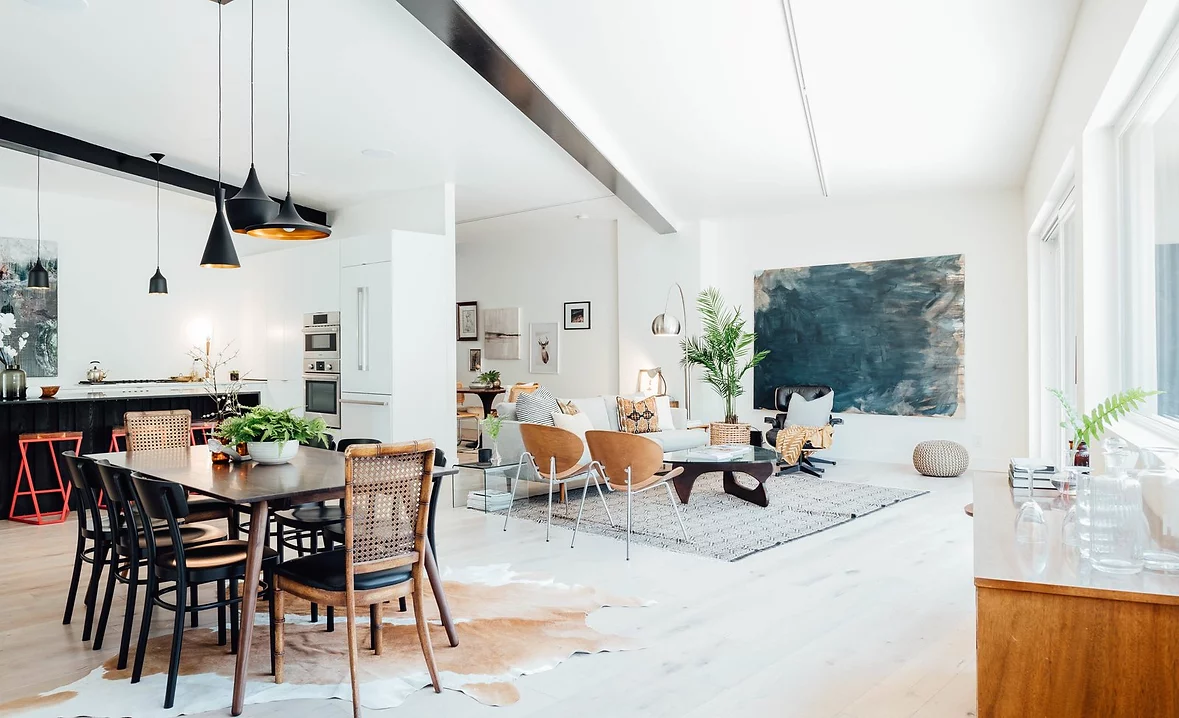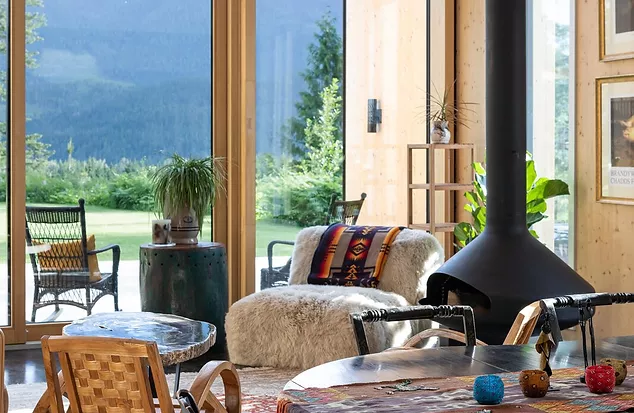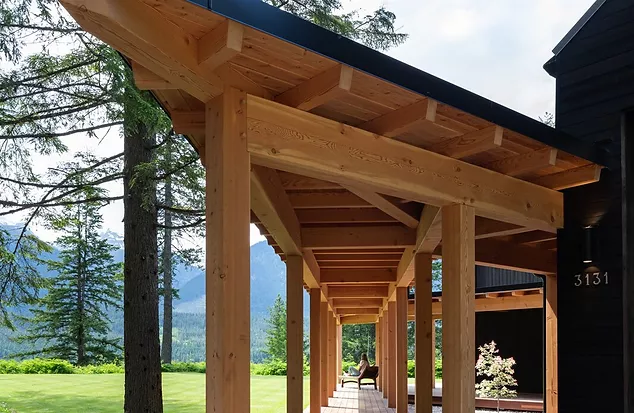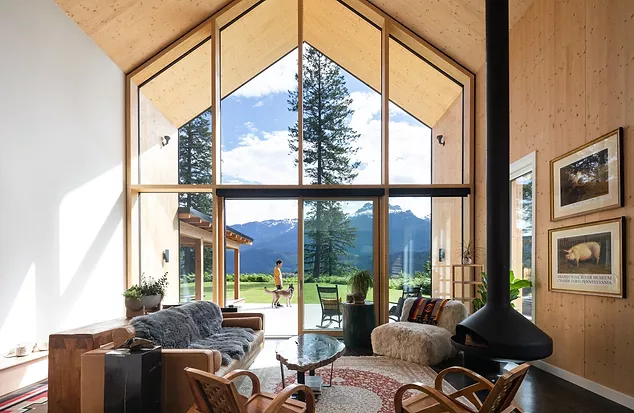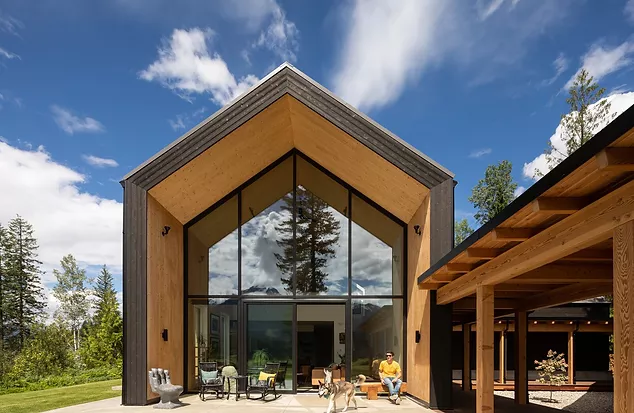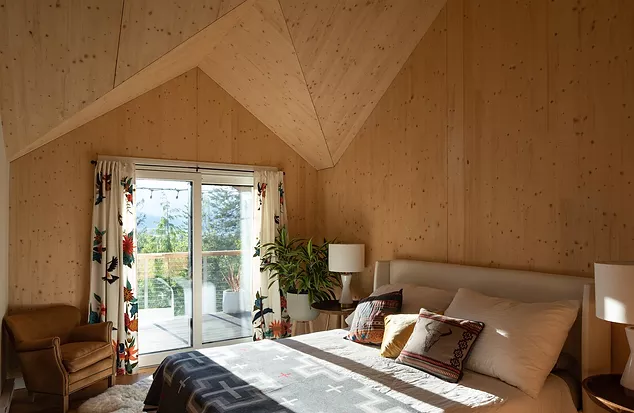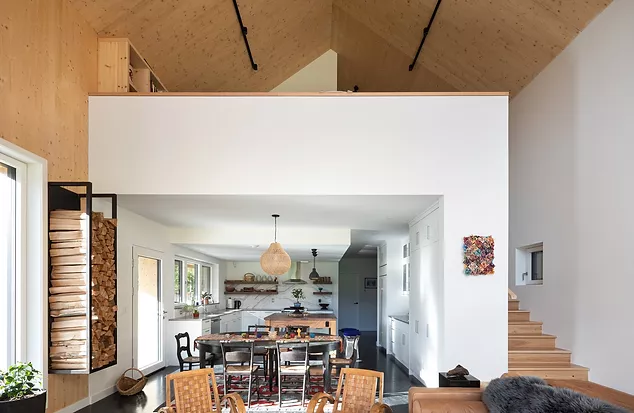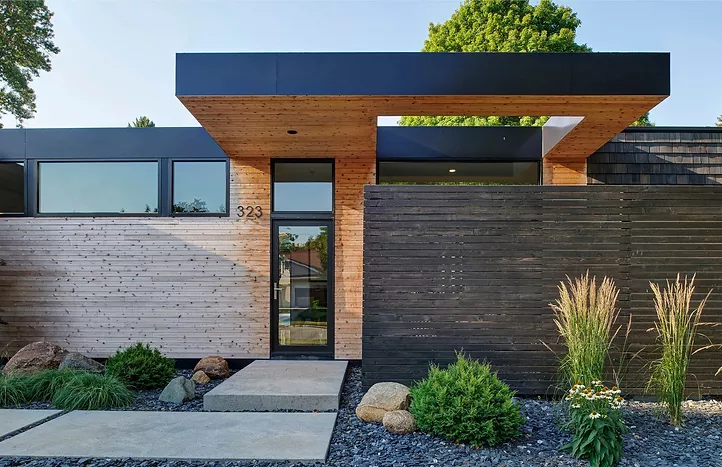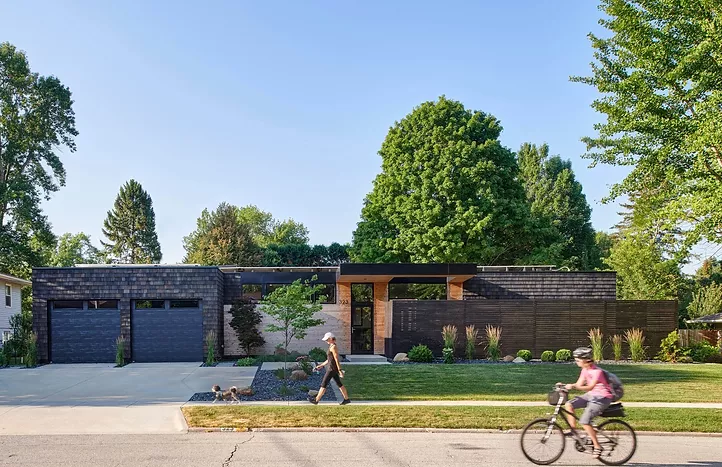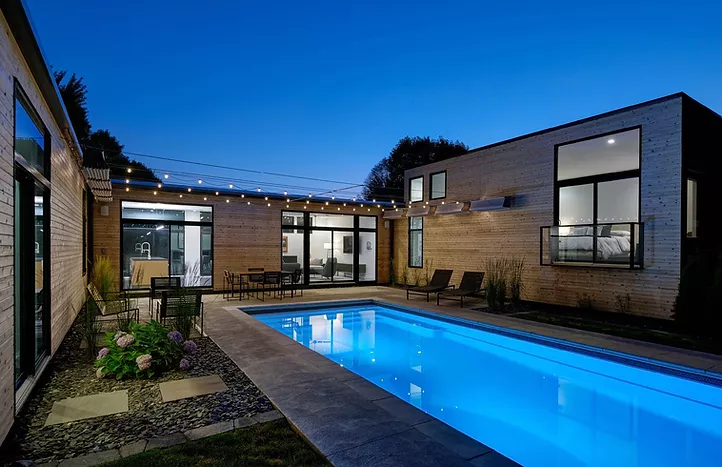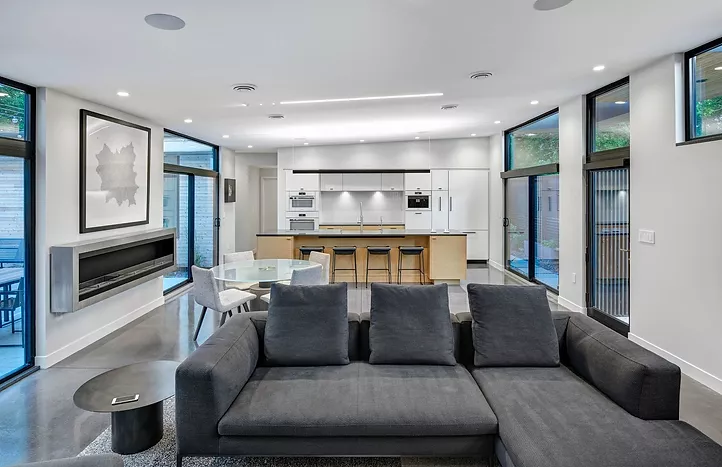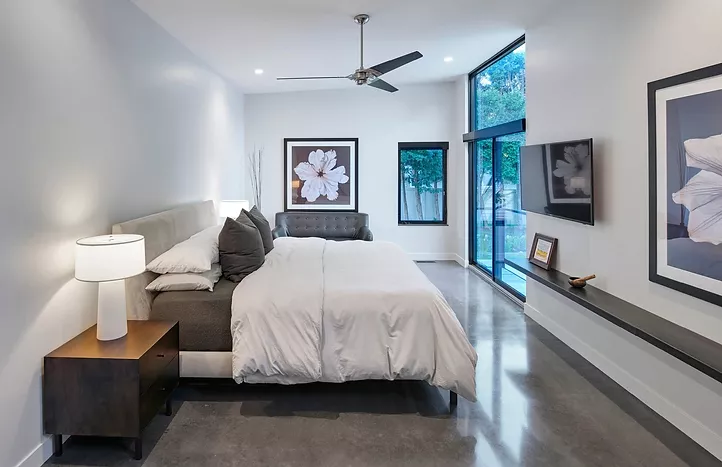What To Expect
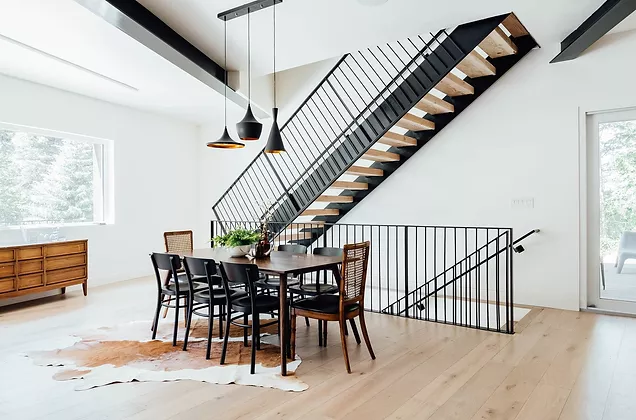
Image via Dwell
Why Passive Solar?
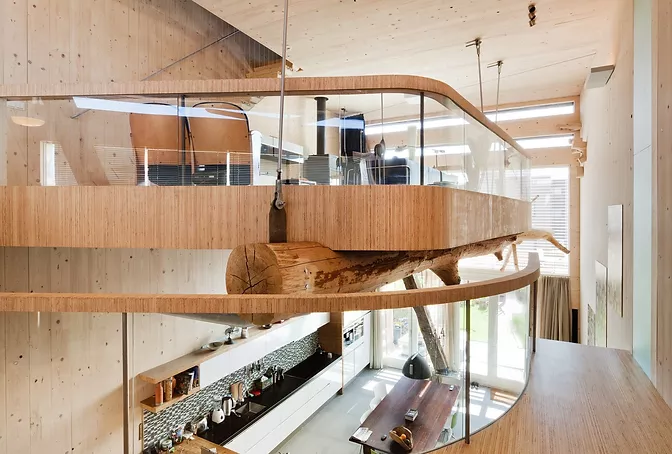
Image via EcoHome
Passive solar energy is an ancient and relatively easy design that has been overlooked in home construction for centuries. This home type offers environmental and financial benefits all while enhancing comfort of your home.
An active solar home uses photovoltaic (PV), or solar panels, for energy generation, while passive solar homes harness the sun's energy through design and adequate materials. From reducing dependency on HVAC to reducing GHG emissions, there are many benefits that passive solar homes offer.

Image via EcoHome
Remember that energy efficiency is the most cost-effective strategy for reducing energy use and heating/cooling bills.
Consider working with a building professional to find which areas can be optimized for energy use.
What Is a Passive Solar Home?
Passive solar design uses a building’s materials, site, climate, and orientation to minimize energy use.
A well-designed passive solar home reduces the need for constant heating and cooling. Certain materials, such as brick and concrete, can be strategically used in your home to retain and disperse heat, reducing your dependency on HVAC and save you on energy bills.
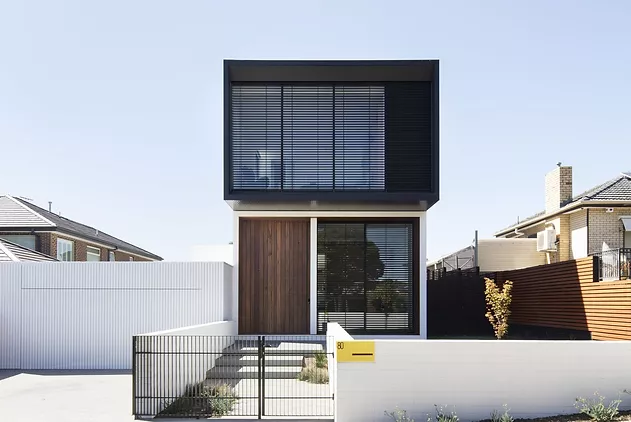
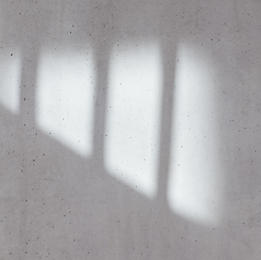
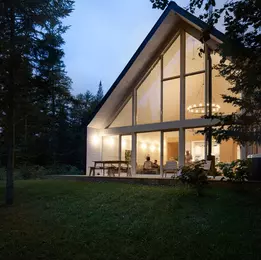
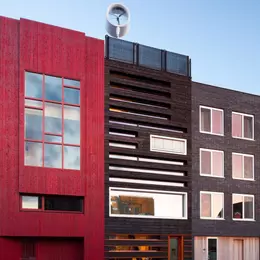
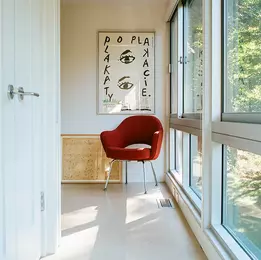
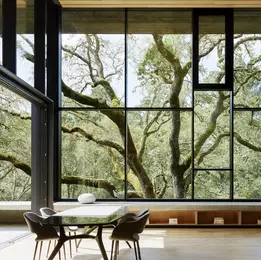
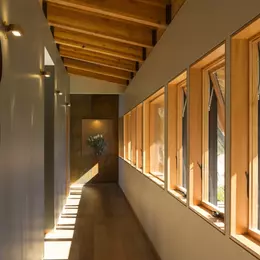
Passive heating and cooling in homes is simply a matter of:
-
applying passive home principles
-
trying to capture and keep as much of that heat as you can in the winter while keeping it out in the summers
-
saving on heating and cooling expenses
How It Works
Passive home principles include having an airtight building envelope, triple pane windows, ventilation of indoor air to maintain comfort and freshness, thermal mass, no thermal bridging and control strategies such as roof overhangs.
Certified passive solar homes can provide a constant internal temperature of around 70 degrees without need for an air conditioning and heating system.
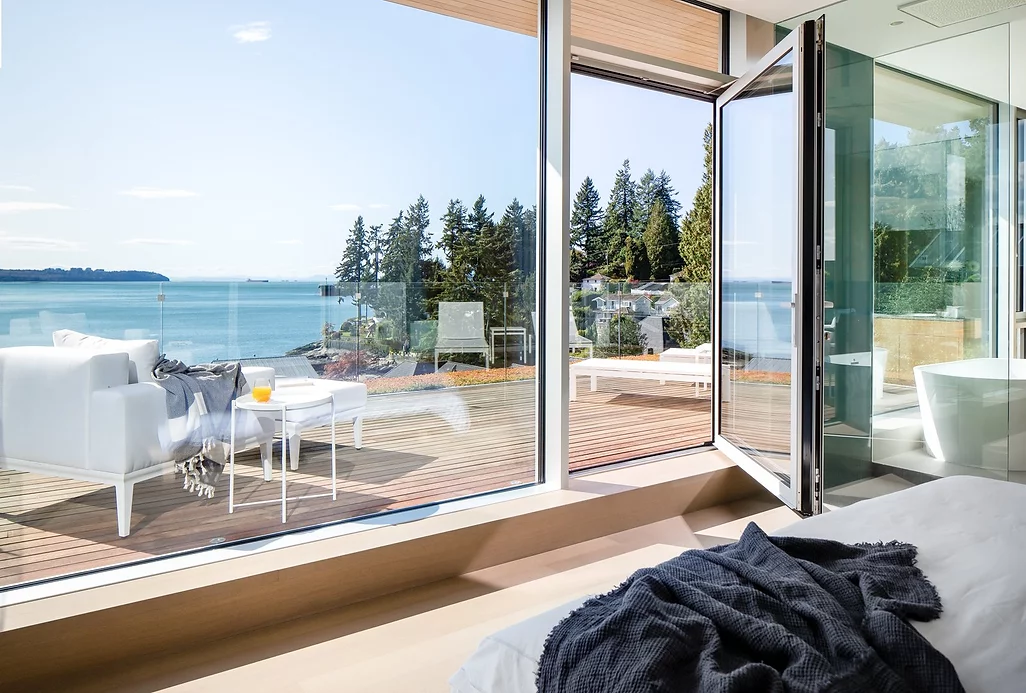
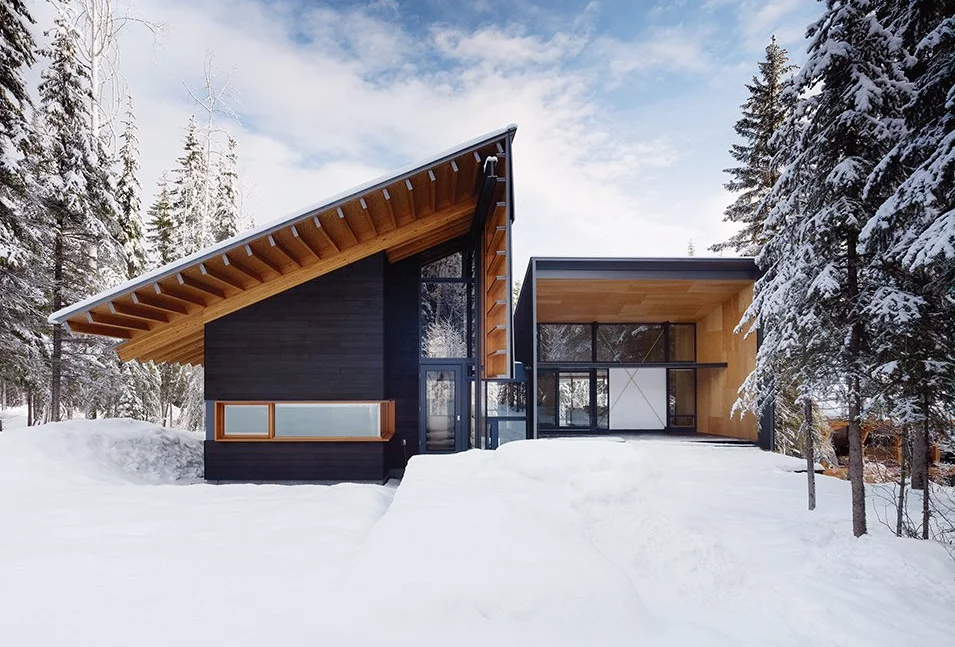
Summer
West Vancouver, Canada
Winter
Passive houses only have to be actively heated in cold months November, December, January and February
Higher humidity can be introduced through plants, laundry drying or humidifiers
With properly installed insulation, unheated rooms are almost as warm as heated ones
If the windows are kept closed and targeted windows are shaded, the building remains cool during the day.
Insulation protects against external heat but can also trap heat that gets inside (by open or not shaded windows) and will remains in the building unless ventilated away at night.
Image via Dwell
British Columbia
-
Insulation protects against external heat but can also trap heat that gets inside (by open or not shaded windows) and will remains in the building unless ventilated away at night.
-
If the windows are kept closed and targeted windows are shaded, the building remains cool during the day.
-
Passive houses only have to be actively heated in cold months November, December, January and February.
-
Higher humidity can be introduced through plants, laundry drying or humidifiers.
-
With properly installed insulation, unheated rooms are almost as warm as heated ones
What is Thermal Mass?
A material with thermal mass has the capacity to absorb, store and release the sun’s heat energy. Its density and conductivity help keep the internal temperature of a building stable.
Materials with thermal mass are usually used in flooring or inside walls, and located near the solar glazing (southern facing windows).
Benefits of Passive Solar Homes
Affordability
The investment in higher quality building components required by the Passive House Standard is reduced, and can be eliminated, by the elimination of expensive HVAC systems.
Save on Energy
The Passive House Standard is suitable for all kinds of buildings and in all kinds of climate zones. This gives you freedom in both design and location!
Image via Dwell
Design Versatility
The Passive House Standard is suitable for all kinds of buildings and in all kinds of climate zones. This gives you freedom in both design and location!
Image via Dwell
Comfort
Passive homes offer a new level of quality, giving you comfort throughout the year and during cold and warm months with reasonable construction costs
Lower GHG Emissions
Globally, heat accounts for nearly half of all energy consumption and 40% of energy-related carbon dioxide emissions.
Passive solar homes can greatly reduce, and even eliminate GHG emissions from your home.
Quality and Efficiency
Passive homes have a high level of insulation and airtight design. The “thermal bridge free design,” prevents “weak spots” around the whole building, preventing excessive heat escape. and cold corners.
Image via Dwell
How Much Does a Passive Solar Home Cost?
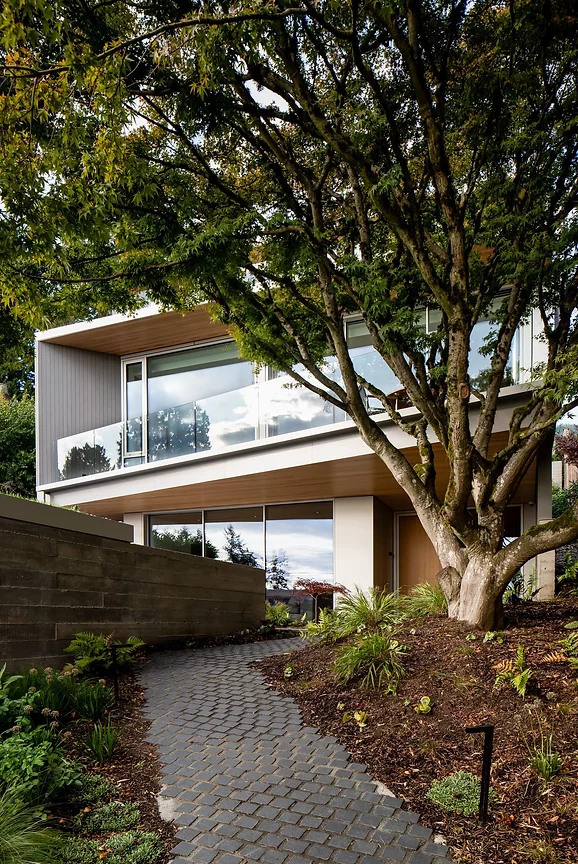
Image via Dwell
The premium for receiving “passive” certification ranges between 7-15%. The total cost of a passive building, however, varies with size, climate, personal finishes and design complexity.
Builders have vast flexibility when they build to passive house standards since passive house certification only requires meeting performance requirements. Below you can compare premiums from some well-known firms offering passive homes:
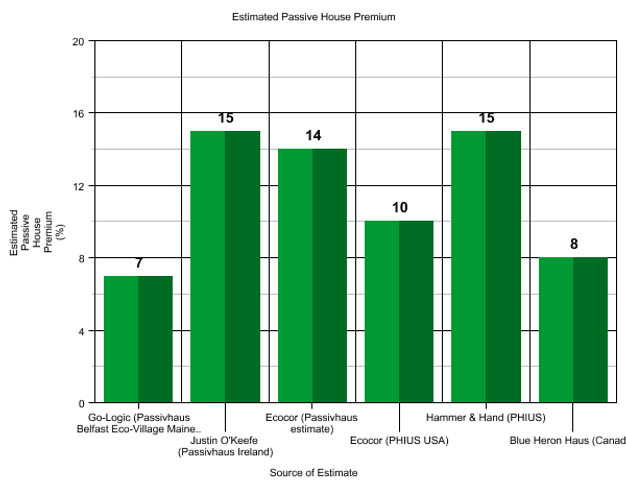
How Much Can I Save with Passive Solar?
The average person will spend 7 percent of their annual income paying for cooling and heating.
The average electric bill for U.S. households came in at $111.67 per month in 2017, with about 40% of energy used for just heating and cooling.
That translates to about $540 a year to control the temperature inside its home — and this cost goes up considerably for larger homes. This doesn't include the installation or replacement of HVAC, which can be around $15,000-40,000.
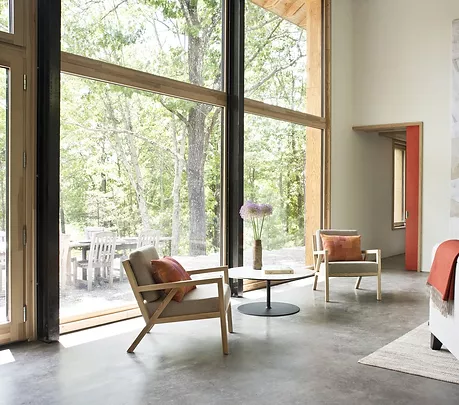
Image via Dwell
Find Passive Homes in the U.S. on Realty Sage
Realty Sage can help you find passive homes in your area and across the United States. Click below to explore passive homes through Realty Sage's convenient home search engine.
FAQ's
What are some challenges of passive solar homes?
Overheating can be a problem, due possibly to excessive south facing glazing. Too little thermal mass also causes the home to overheat. The design and thought that goes into designing a passive home requires high attention to detail and caution to avoid poor design for functionality.
How do I know what orientation my home and windows should face?
This depends on sun exposure and location, but a well built home takes advantage of the sun and uses window orientation and roof covering or shades to control how much sun comes in. Click here to read more about window orientation.
Can I renovate my home with passive features? Do I need to build a house from scratch for it to be passive solar?
Passive solar homes are most effective new, rather than through renovations. To maximize energy-saving. It is best to have a new home built with passive solar standards. It's possible to renovate your home so it is more passive but this may be more complicated and may not yield maximum benefits.
Should I get my house certified as passive solar?
It's well worth having your home certified if you meet the requirements. This ensures your home is built to the strict standards that guarantee reduced energy use and appreciates the value of your home through an independent quality assessment.
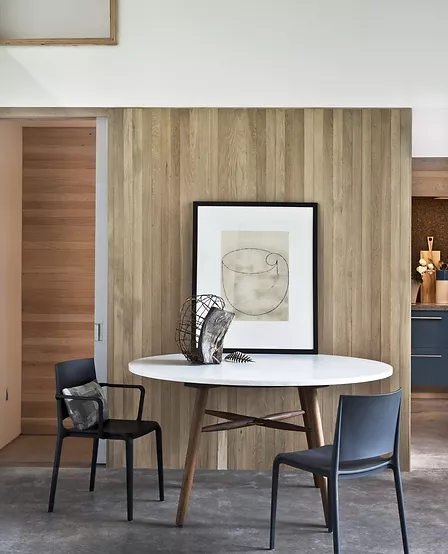
Explore Passive Solar Home Firms
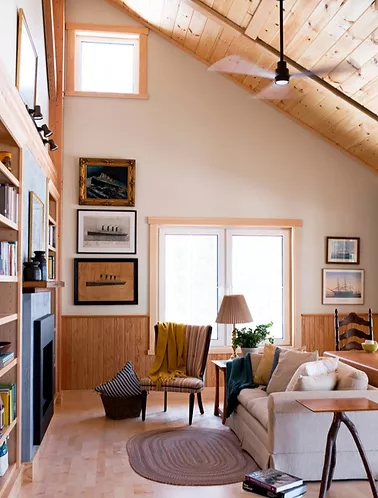
Bensonwood
Bensonwood specializes in customizable pre-designed architecture and timber framing, and offer fully-custom design/build services for projects requiring the highest levels of energy efficiency and minimal on-site building time.
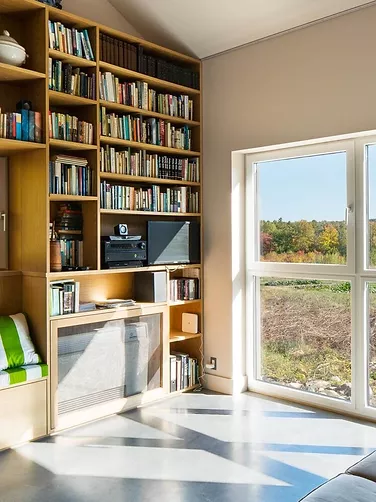
GoLogic
Every GO Logic home is a superinsulated, air-sealed building shell designed to use 80 percent less energy than a conventional new house.
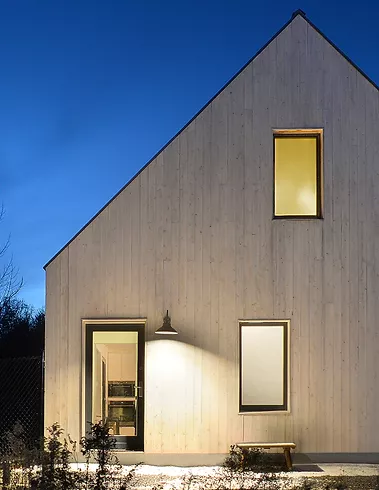
EcoCor
In 2014 Ecocor became North America’s first manufacturer of prefab Passive Houses, the first certified Passive House component manufacturer outside of Europe. From their location in Maine, they design and build homes all over the world.
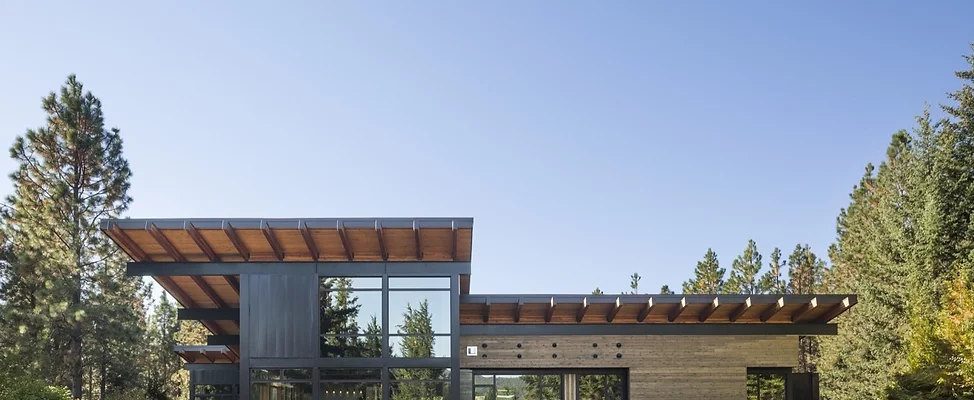
Find Passive Home Builders Near Me
PHIUS (Passive House Institute US, Inc.) is a non-profit 501(c)(3) organization committed to making high-performance passive building the mainstream market standard. PHIUS trains and certifies professionals, maintains the PHIUS+ climate-specific passive building standard, certifies and quality assures passive buildings, and conducts research to advance high-performance building.
PHIUS (Passive House Institute US, Inc.) is a non-profit 501(c)(3) organization committed to making high-performance passive building the mainstream market standard. PHIUS trains and certifies professionals, maintains the PHIUS+ climate-specific passive building standard, certifies and quality assures passive buildings, and conducts research to advance high-performance building.

